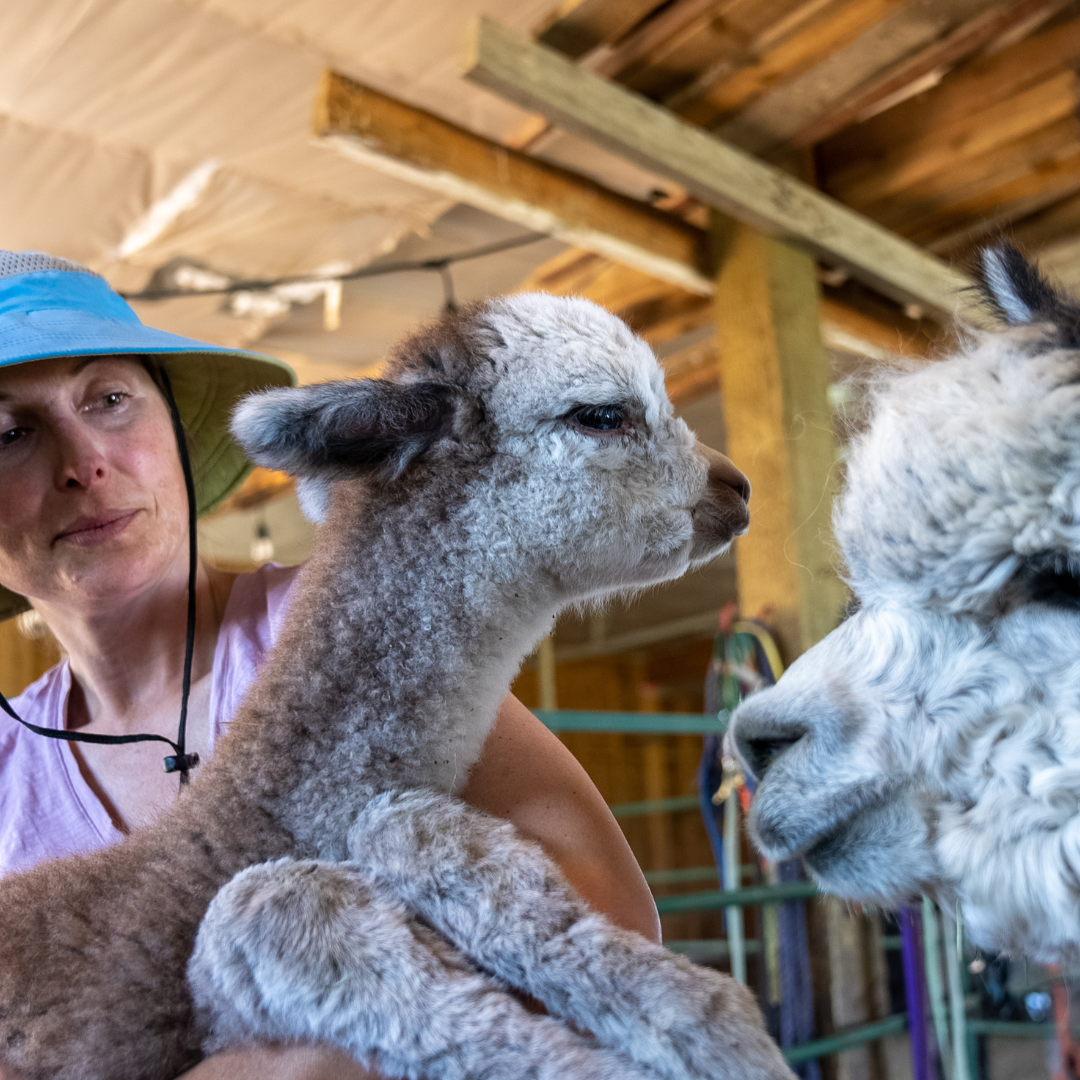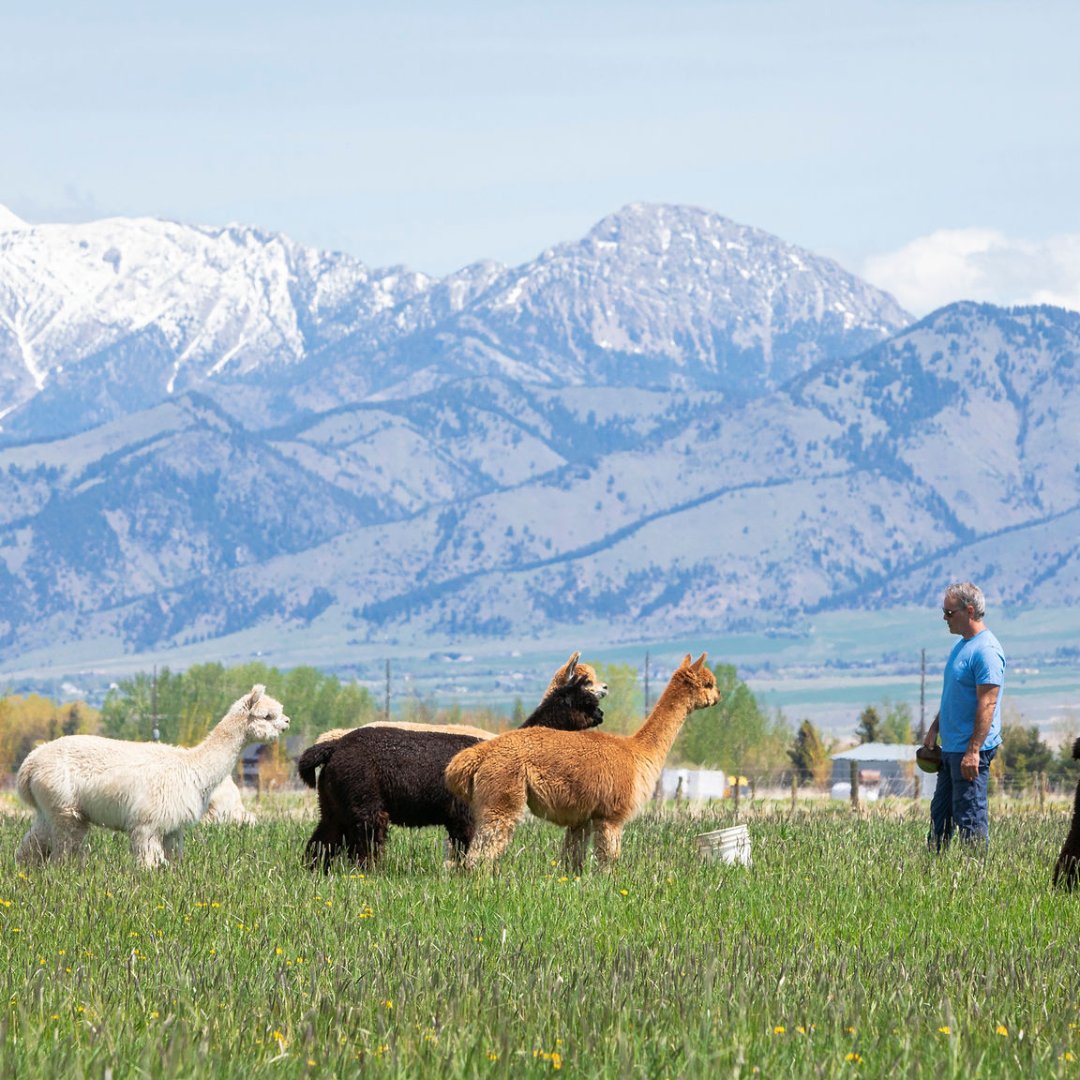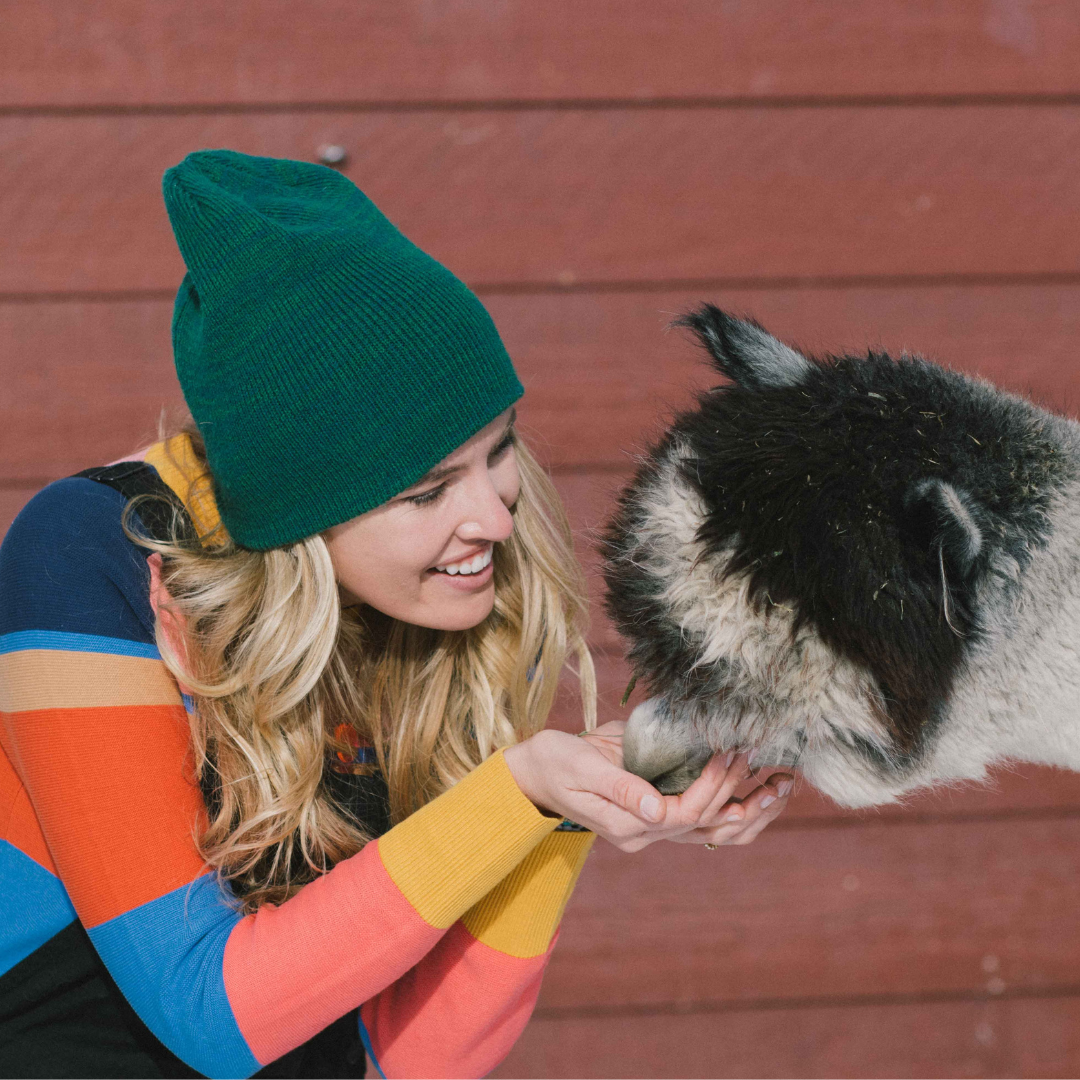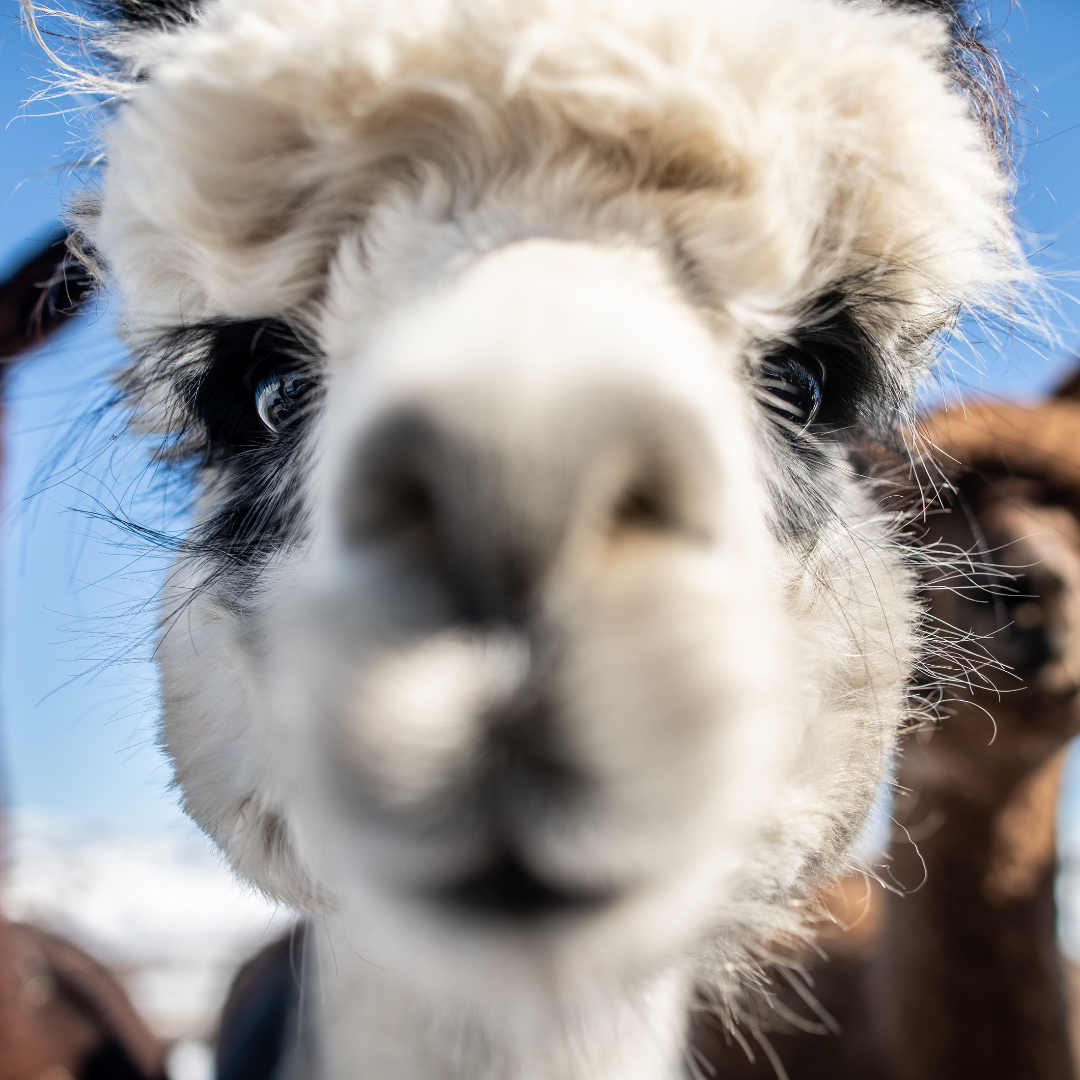Alpaca Body Scoring
The essential part of alpaca health is keeping them at the correct weight. Too heavy and they may have trouble getting pregnant, their fleece “blows out” or becomes course and are naturally unhealthy. Too skinny and they cannot keep a good body temperature, are may not produce enough milk for their nursing cria and may be suffering from worms. Ironically, they often have silky soft fleece because their body is trying to stay warm without the help of natural body fat.
In winter alpacas can lose condition, because of malnutrition, and this can be masked by the fiber covering on the animal. Just because they look fluffy, the body itself may be super skinny and unhealthy.
There are many causes of malnutrition in camelids. But in each case the way to affect a remedy is to notice it early, and react to the signs. Alpacas can drop weigh quickly but it takes time to put it back on.
The best way to check is to get your hands on the animal and "body score" it.
Feel the backbone between fingers and thumb. The spine should feel like it is at a 90 degree angle. If it is wide or almost flat, you have a heavy alpaca. If it is narrow and thin, you have a skinny animal.
We use a body score system of 1 throug 5, where 1 is extremely skinny and 5 is extremely fat. Ideally your animals should be at a 3 or have an A framed spine.
1. UNDERNOURISHED - You can feel the ribs and backbone easily. No muscle or fat. IN DANGER! Quickly figure out why. Do they need worming, are they sick, poor pasture grass, etc. Fix the problem now or this alpaca might not survive. Get your vet involved.
2. THIN - You can still feel the ribs and backbone but there is muscle, too. HEADING FOR DANGER! Assess the problem and fix before they become a number one body score. Check for worms, poor feed, teeth trouble. Correct and supplement.
3. IDEAL - Your hand will fit nicely without being stretched too far or at a steep angle. There's the right amount of muscle and fat. Keep doing what you are doing, it's working great. Assess again soon to make sure they are maintaining their weight.
4. OVERWEIGHT - The angle of your hand is getting wider. It's now becoming hard to feel the boney structures. Cut back on the feed, move to another pasture with another overweight alpaca and cut back on feed. HEADING FOR DANGER!
5. OBESE - Your hand is flattening out. You can't feel any bony structures. This alpaca waddles and thighs might rub together. IN DANGER! Being this overweight is bad. Get this alpaca on a diet now.
An alpaca is stoic and may not seem sick to you when they are actually extremely ill. Write down your observations and call your vet if you are not sure. Hesitating may be fatal to your alpaca.


























































































